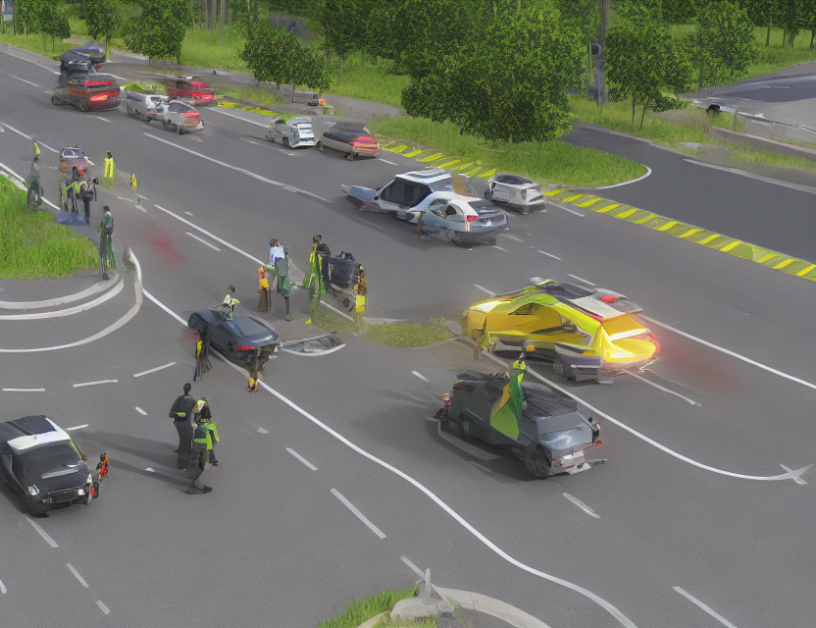Every year, thousands of people die in road accidents worldwide, with a majority of these fatalities belonging to Vulnerable Road Users (VRUs) such as pedestrians and cyclists. To address this issue, efforts are being made to develop systems that can detect and alert drivers of potential dangers in real-time. The article discusses the development of an LTE-enabled single-board computer for a VRU awareness system in AstaZero grounds, which is a testing facility for connected and autonomous vehicles.
Detecting Vulnerable Road Users
The article explains that detecting VRUs is crucial for the safety system to work effectively. It takes only a few seconds for a vehicle to collide with a pedestrian or cyclist, making it essential to have accurate and reliable information about their location and movement. The article mentions that the system will use sensors and cameras mounted on vehicles to detect VRUs and provide real-time updates to drivers.
Message Set Dictionary
The article references SAE International’s "V2X Communications Message Set Dictionary" [7], which defines a set of messages that vehicles can exchange with each other and infrastructure to enhance safety. The dictionary includes messages related to VRU awareness, such as the Vehicle-to-Vehicle (V2V) message that informs other vehicles of a potential danger.
Functional Architecture and Requirements
The article outlines the functional architecture and requirements for the VRU awareness system. It defines the different components of the system, including the single-board computer, sensors, cameras, and communication modules. The requirements for the system include having accurate and reliable information about VRUs, as well as the ability to detect them in real-time.
Stopping Distances
To understand how the system works, it’s important to know how long it takes for a vehicle to stop after detecting a VRU. The article references [17] for typical stopping distances, which vary depending on factors such as road surface, weather, and the mechanical condition of the car. For example, a typical car traveling at 64 km/h in a straight road would take around 3.18 seconds to reach a full stop from the moment the driver became aware of the danger.
Conclusion
In conclusion, the article discusses the development of an LTE-enabled single-board computer for a VRU awareness system in AstaZero grounds. The system is designed to detect and alert drivers of potential dangers in real-time, using sensors and cameras mounted on vehicles. By understanding how long it takes for a vehicle to stop after detecting a VRU, we can see the importance of having accurate and reliable information about their location and movement.



